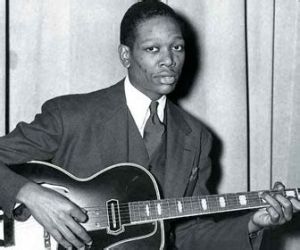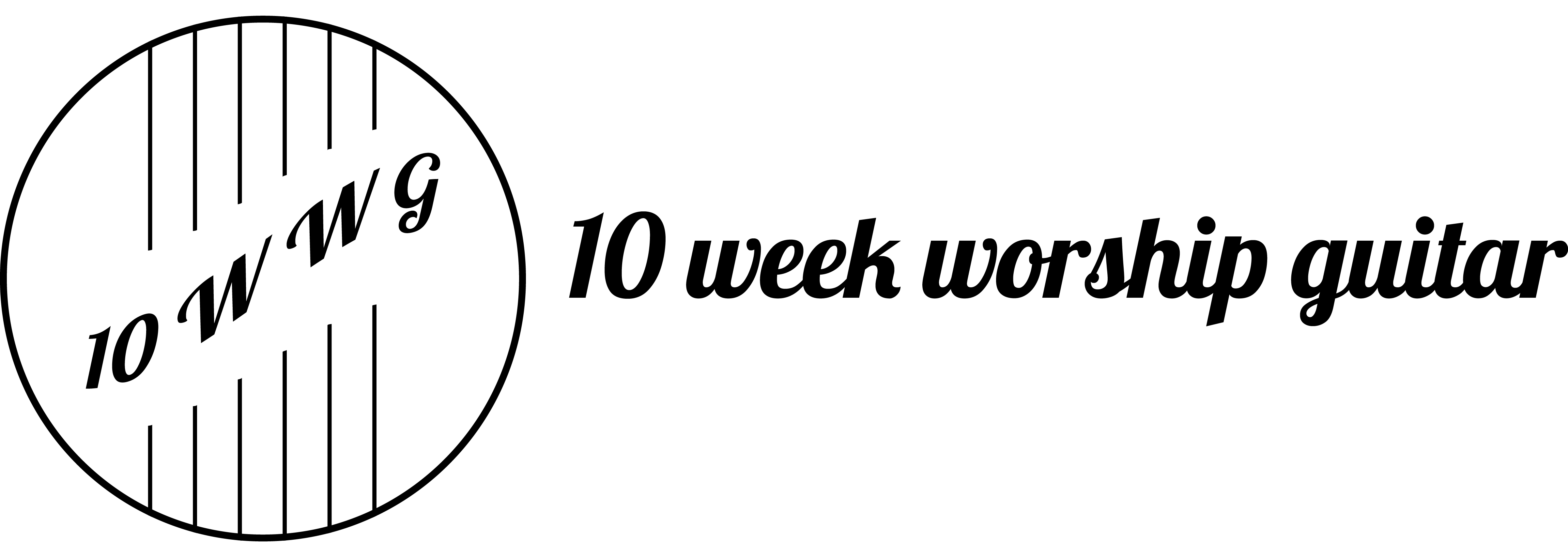Welcome to The Ten Week Worship Guitar blog. As well as my recent resurrection of my YouTube channel, on which I’ve now begun sharing a weekly worship guitar focused workshop called ‘Worship Workshop Wednesday’, I recently resumed blogging. I started with a 3-part series on why I teach worship guitar as opposed to just playing it.
Over the past few weeks here on the blog, I’ve been sharing something which I’ve not extensively shared anywhere before – some work from my PH.D, which focuses on the development of the guitar over the last century, and it’s influence on the music produced on it. Feel free to go back through the last few posts to get a feel of what’s been shared so far. This week, I begin to dive into the development of the electric guitar, the evolution of new styles and beyond. If you’re interested in learning more about the guitar, look no further than this blog. If you know others who would be interested in this too, please share with them.
A new post will be shared here on the blog every Monday, so do ensure that you’re following the journey, and don’t forget to subscribe to my YouTube channel, where you’ll receive a free workshop every week which will teach you not only a new worship song to add to your repertoire, but also a skill, which will continue to carry you forward in your worship guitar journey.
The Electric Guitar: Part One
Increased volume, new techniques…
In the first decades of the century the design of the guitar was constantly undergoing modification in an attempt to increase the volume to cope with larger performance situations. More radical attempts to solve the problem of volume limitation of the guitar were being made by several people contemporaneously. Their solution was to electronically amplify the volume of the instrument. On the electric guitar a ‘pick-up’ converts string vibrations into an electrical signal. Duchossoir explains that the pick-up:
… consists of a permanent wire magnet and a coil of insulated copper wire. The coil is placed, either around the magnet, or around a polar mass magnetized through contact with the magnet. The pick-up is then placed in such a way that a magnetic field is created around the strings, the vibrations of which generate a weak current in the coil that can be amplified and transmitted to a loudspeaker. (1981: 14)

Charlie Christian
Charlie Christian.
Schuller has said that “… with the advent of the electric amplification and the arrival of Charlie Christian, the guitar emerged as a full-fledged member of the melodic fraternity” (1989: 226). The advent of the electric guitar had two major effects on the development of improvised guitar styles:
- The use of amplification meant that the guitarist could be heard in larger group situations. Thus the role of the performer was not limited to providing rhythmic accompaniment.
- The new instruments, with their capacity for greater sustain and comparative ease of playing, facilitated new developments in technique and expression.
Mongan describes the importance that the electric guitar had in the evolution of jazz:
The basis of acoustic guitar technique was to play with as many down strokes as possible to obtain maximum volume and definition. Using the weight of the forearm, with the elbow as a pivot, gave the acoustic player great attack. Now, with the amplifier doing all the ‘hard’ work, the guitarist was free to use a more subtle, lighter approach which adapted better to the requirement of the bop player (1983: 99).
However the electric guitar was not quickly accepted in popular music. Lloyd Loar, a musician and composer, began working for Gibson in 1919. He was responsible for design and experimental work. Loar was the craftsman responsible for the design of the Gibson L5 guitar. The first experiments with amplifying guitars for the Gibson company had been carried out by Loar as early as 1924. Gibson, however, felt that there would be no market for the electric guitar, so Loar resigned and formed the short-lived Varitone Company in the same year…
Join me here on the blog again next week as I start to go even further into this topic, looking at a number of key milestones such as The development of the electric guitar, the evolution of new styles, and the ascendancy of the first electric guitar innovators.
By the way, if you’ve always wanted to play worship guitar but have never found the time, I’d love to introduce you to learning to play from scratch by going through my FREE 3-part miniseries which will give you not only the skills, but will also give you three new worship songs to add to your repertoire. Click HERE to access the free series and start (or continue!) your worship guitar journey today!
